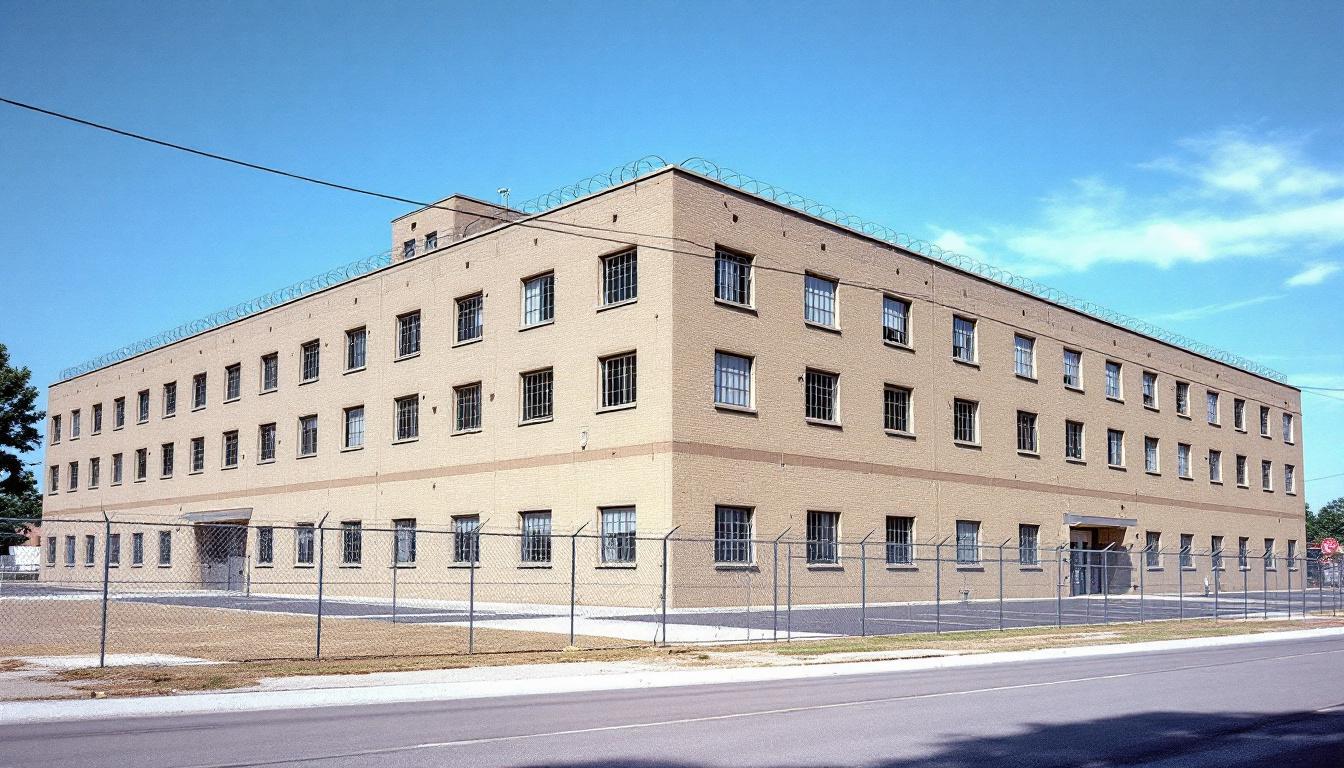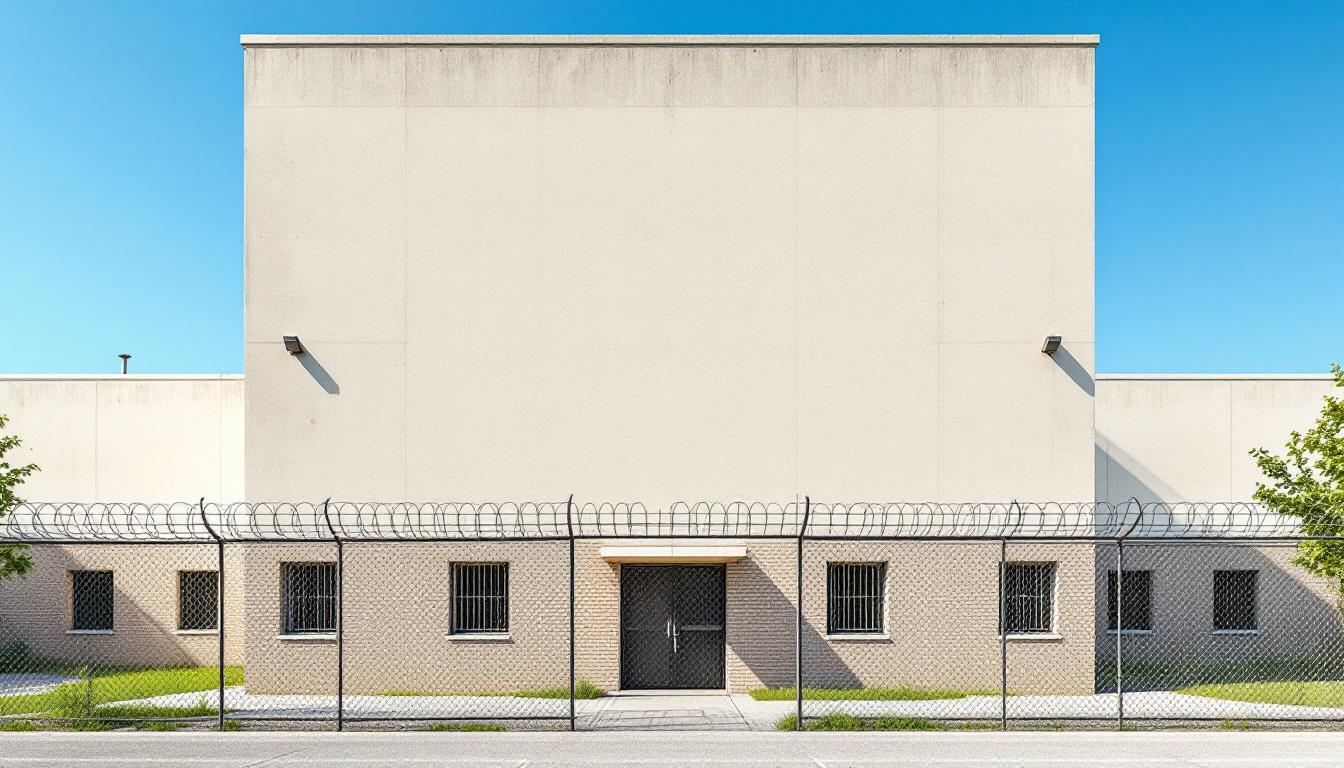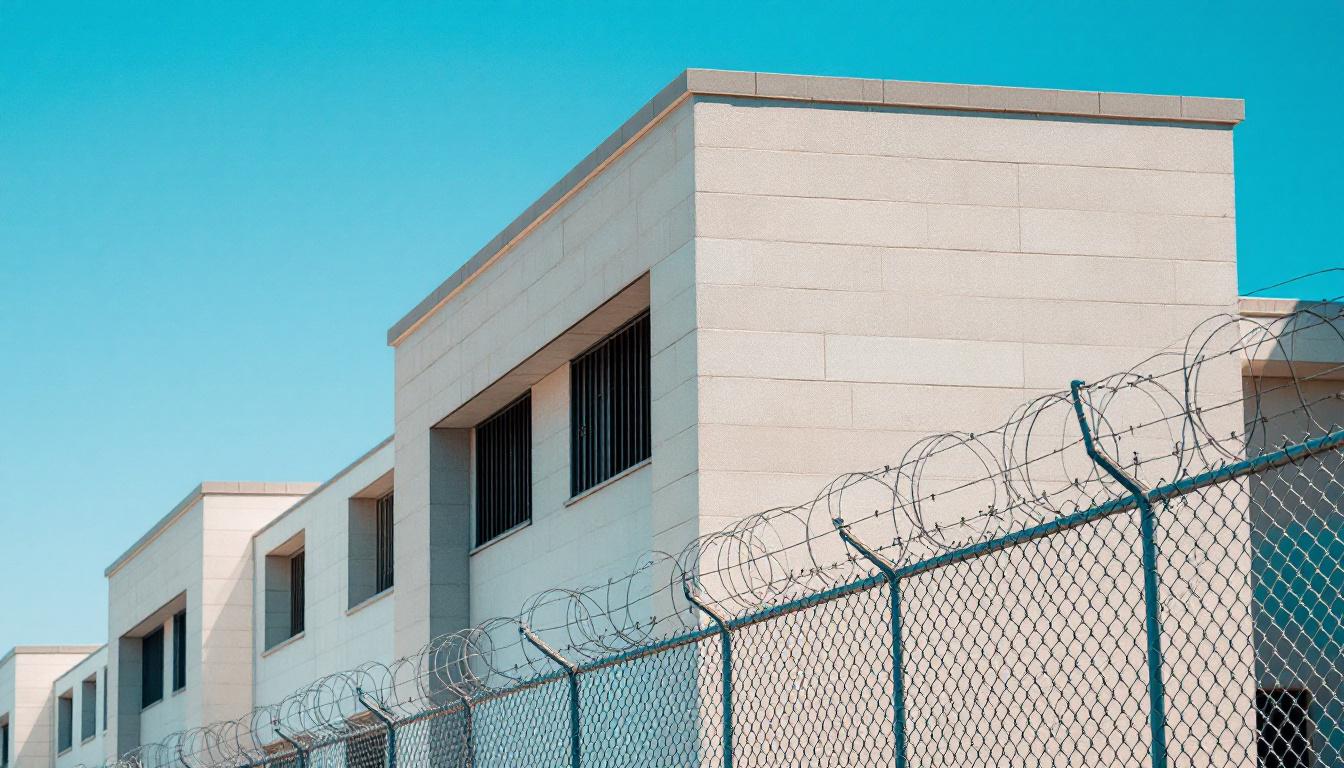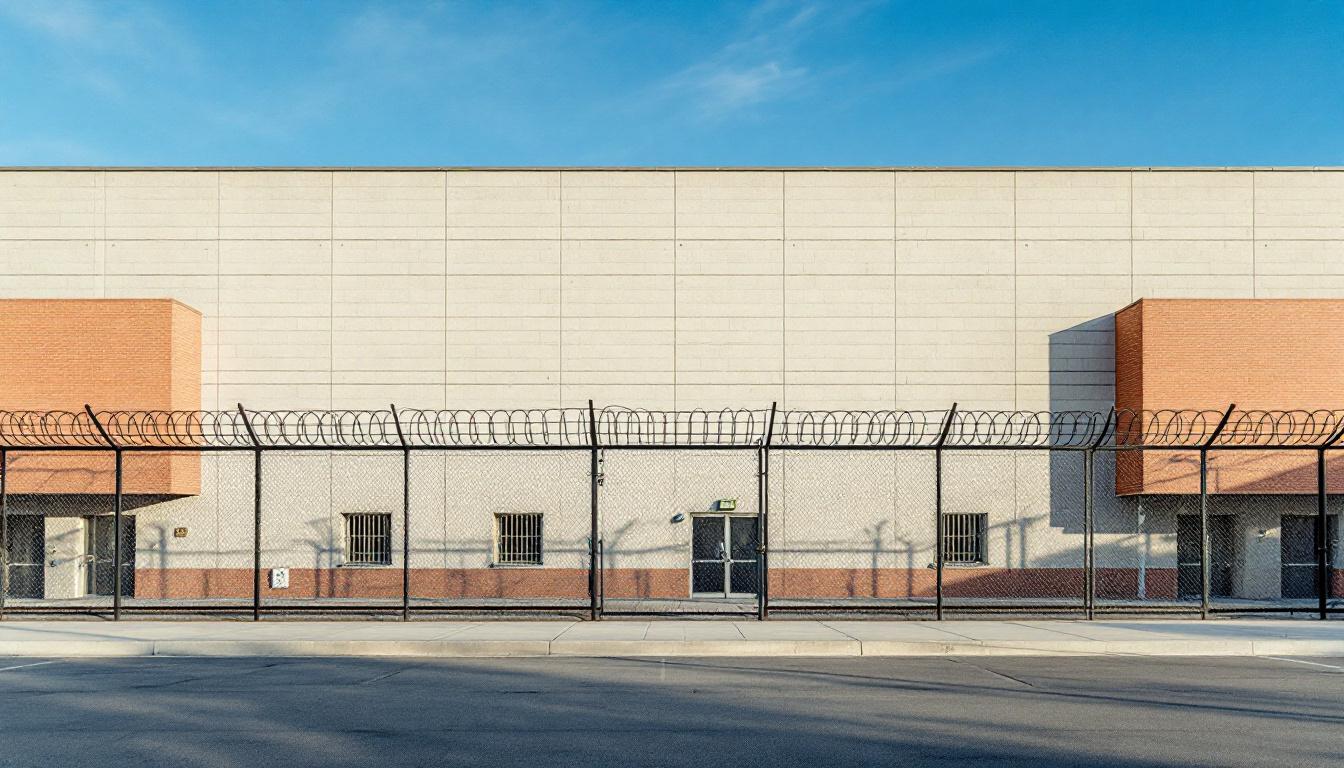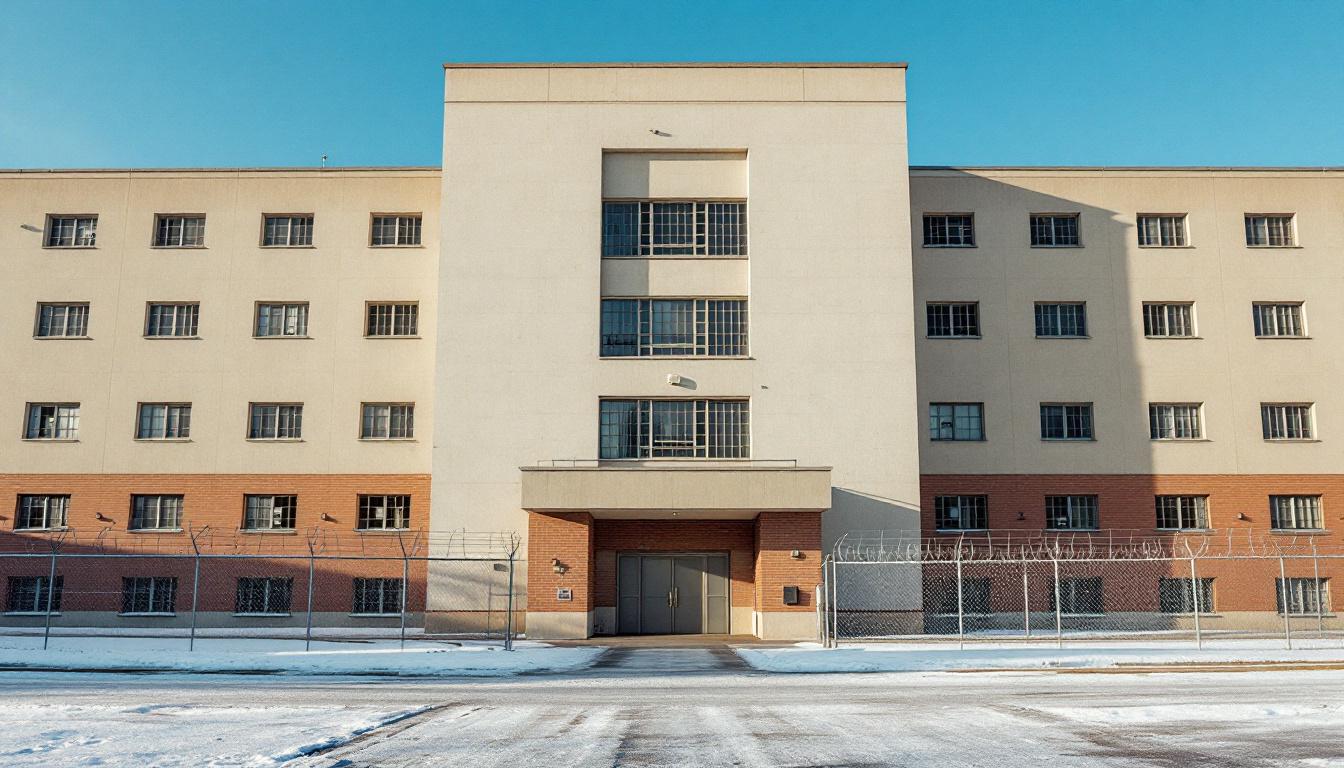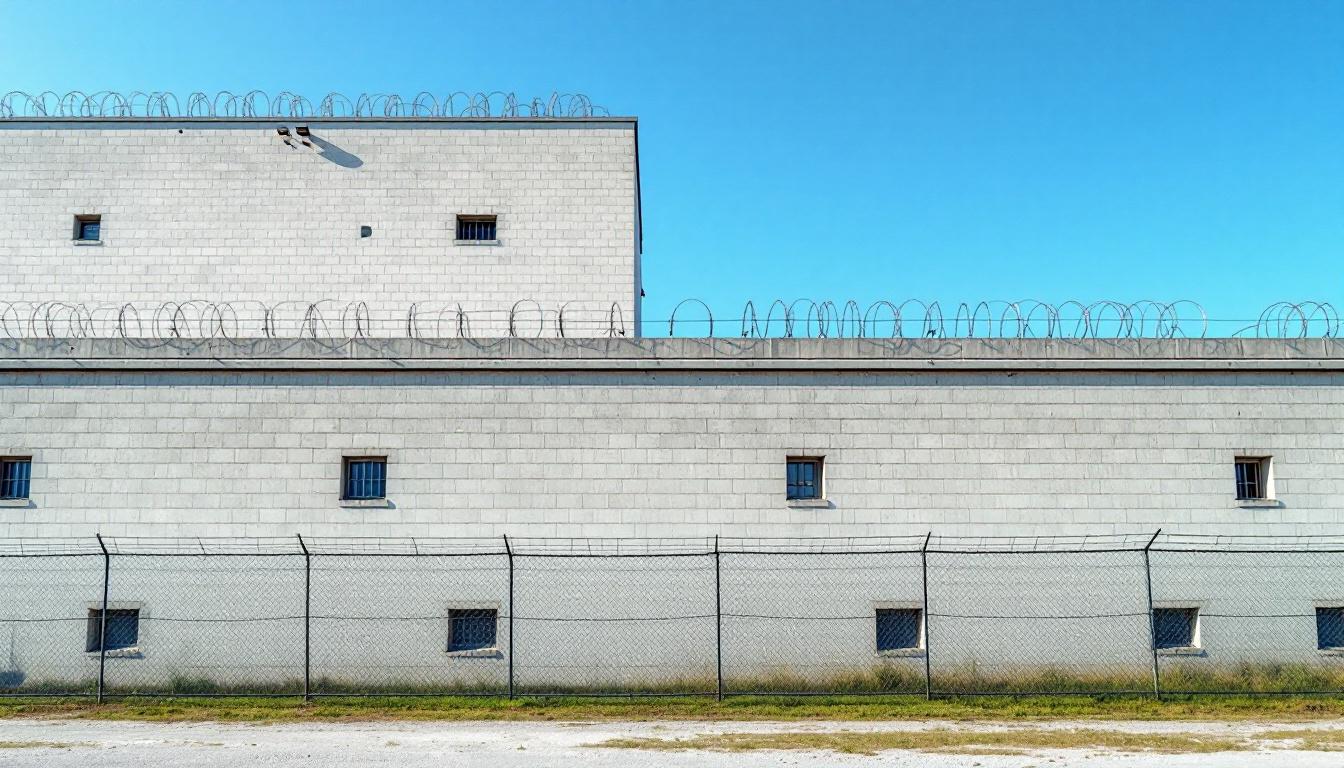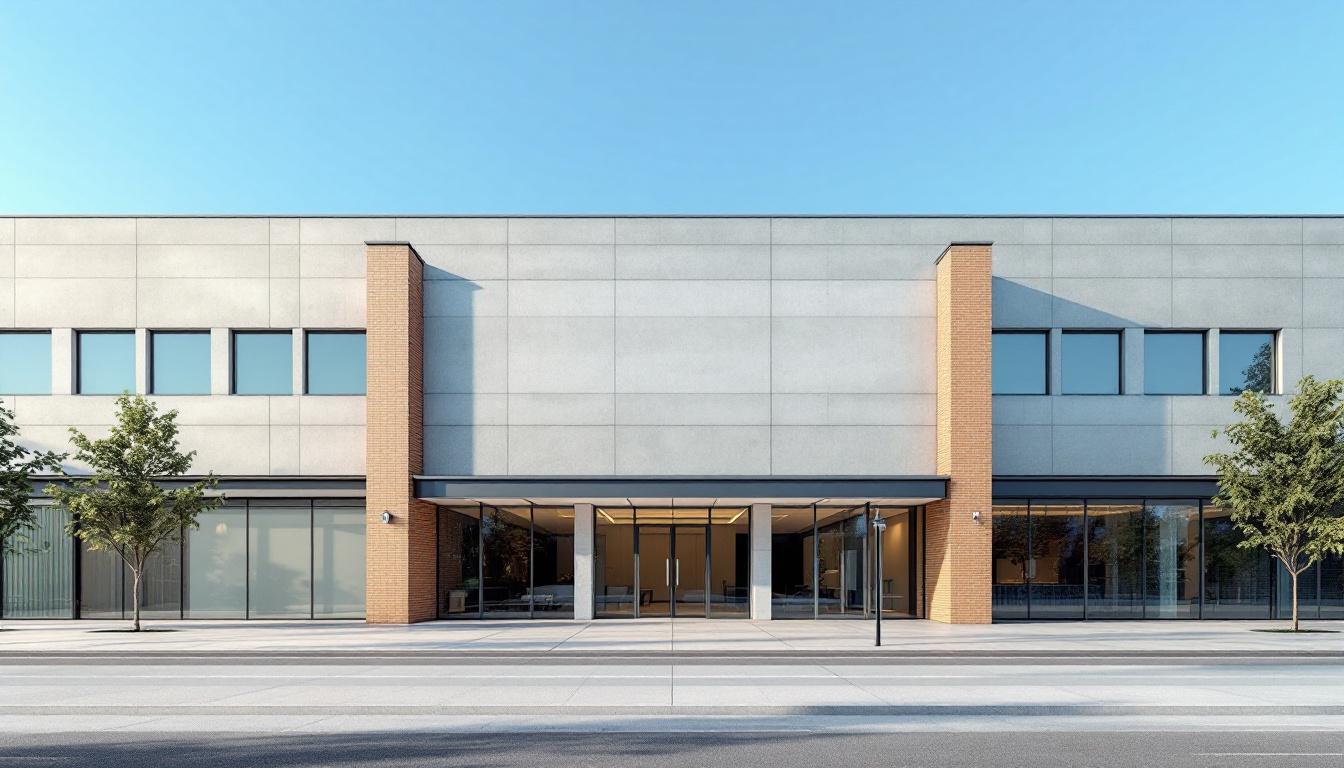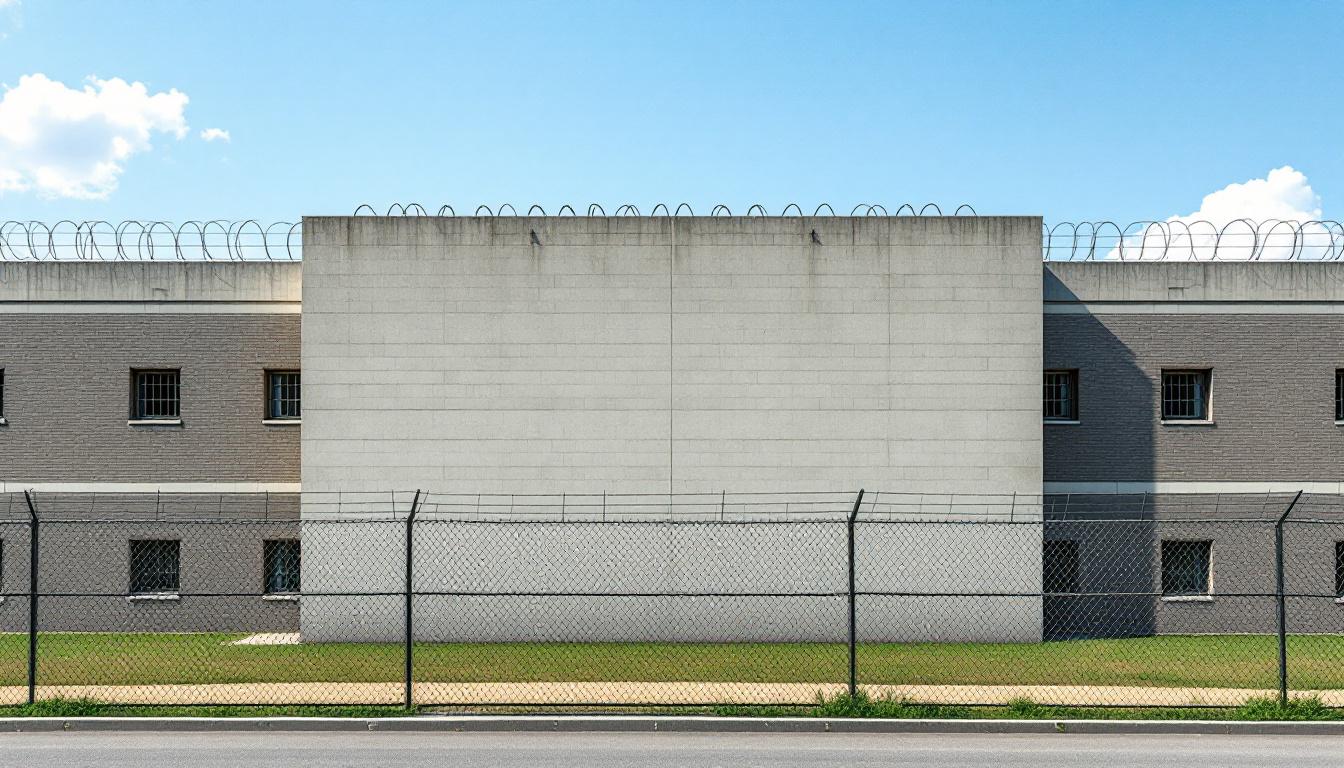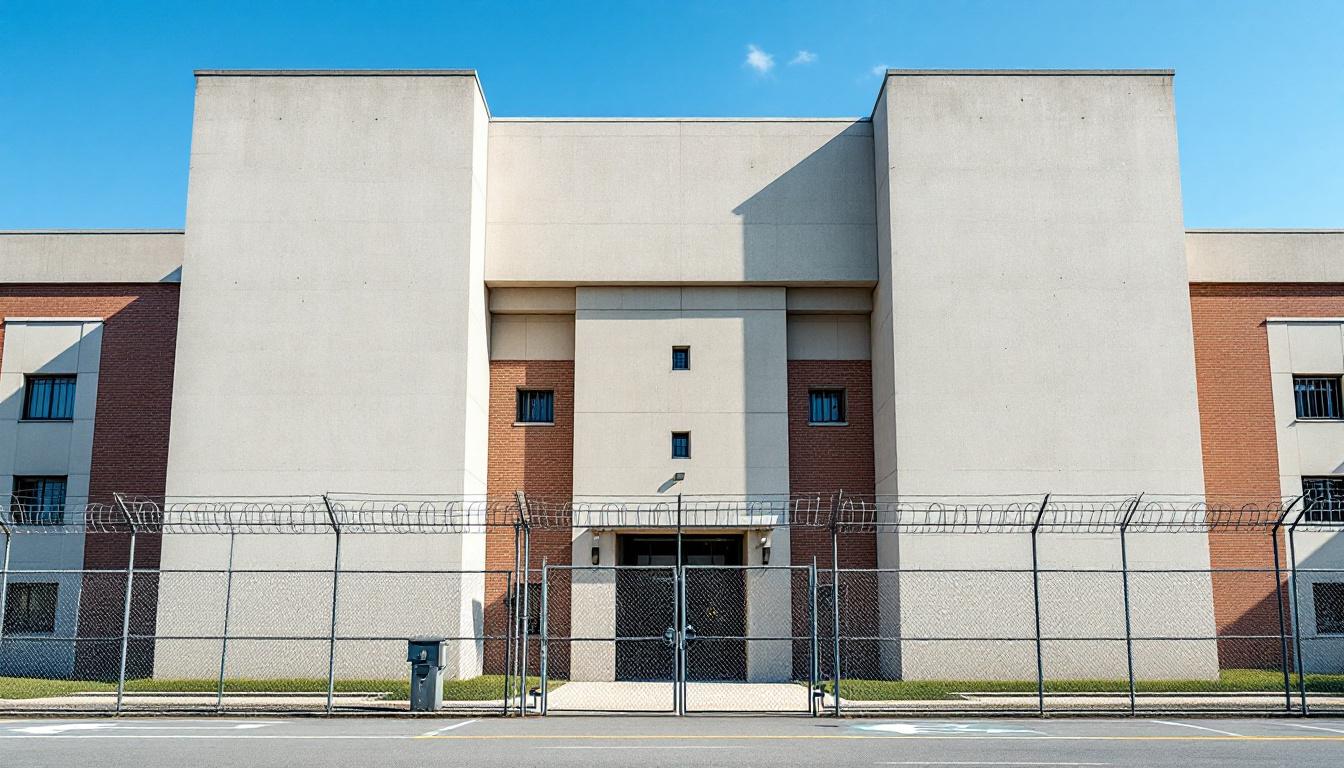
Quick Navigation
How to contact an inmate at Lansing Correctional Facility
This comprehensive guide will walk you through how to connect with an inmate at Lansing Correctional Facility. Follow the steps below to find an inmate and send letters and photos:
- Search for the inmate using our search tool below
- Create your account or log in to Penmate
- Write your message (up to 6,000 characters)
- Send instantly - inmates receive printed copies daily
Find an Inmate
Search for an inmate to start communicating today
Tip: You can search by first name, last name, or inmate ID number
To contact a person at Lansing Correctional Facility start by searching for the person on the official facility website. Perform a search by following these steps:
- Step 1: Enter their first name and last name into the search form and click "Search"
- Step 2: Locate their inmate record
- Step 3: Write down their Inmate ID and any housing information provided
Important! Be sure to enter the person's full name. Nicknames should not be used.
How to Send Messages to Inmates

You can use your phone or computer to send emails, letters, and photos to an inmate. Messages are sent electronically to inmate tablets or kiosks at the facility. If you would like to send a message, start by searching for an inmate at Lansing Correctional Facility.
Sending Photos and Postcards

A great way to send love and support to a loved one at Lansing Correctional Facility is to send photos and postcards. It only takes a few minutes to send photos from your phone and it makes a huge difference. You can also mail postcards with words of support and inspiration, or design your own postcard for special moments like birthdays and holidays.
Important! Be sure not to send any explicit photos or they may not be approved by the facility. You can also use a photo printing app like Penmate to make sure your photos are printed at the correct size (4x6 or 3x5) and are mailed according to the rules and regulations of Lansing Correctional Facility.
Frequently asked questions about Lansing Correctional Facility
-
How long does it take to deliver a message?
If you're sending an email message your letter is usually delivered within 24-48 hours. For messages sent via mail you should expect delivery within 3-7 days. All messages will need be approved by Lansing Correctional Facility.
-
How much does it cost to send a message to Lansing Correctional Facility?
You can send a message free using your phone or mail a message via USPS for the price of a $0.60 stamp and envelope. You can also purchase credits or e-stamps from services starting at $1.99.
-
What services can I use to contact an inmate at Lansing Correctional Facility?
Penmate
You can use Penmate to send letters and photos to an inmate from your phone. It's an easy way to stay in touch during your loved one's incarceration. Use the inmate locator to find an inmate's location and contact information, then you can send messages within a few minutes.
Securus messaging
Securus may be another option for communicating with an inmate at Lansing Correctional Facility. You can create a friends and family account and purchase credits to send messages. All messages will be reviewed and must be approved by the facility.
JPay
Some county jails and state prisons may support sending messages with JPay. You must register an account with the system, find your loved one, and purchase stamps to send messages. For some locations you can also attach photos.
Smart Jail Mail
You may also check if Smart Jail Mail is available at Lansing Correctional Facility. Smart Jail Mail is operated by Smart Communications and has contracted with some state and county jails. After purchasing credits, your messages and photos are sent to the facility, printed out, and then handed out to your loved one.
-
What is the mailing address of Lansing Correctional Facility?
Mailing address:
Lansing Correctional Facility
301 E Kansas St
Lansing, KS 66043
Phone: (913) 727-3235 -
What are the visiting hours at Lansing Correctional Facility?
Visiting hours at Lansing Correctional Facility vary by housing unit and security level. Generally, visits are scheduled on weekends and holidays, with some facilities offering weekday visits. Contact the facility directly at (913) 727-3235 or check their website for the current visiting schedule. Visits typically last 30-60 minutes and must be scheduled in advance.
-
What items are prohibited when sending mail to Lansing Correctional Facility?
Prohibited items typically include: cash, personal checks, stamps, stickers, glitter, glue, tape, staples, paperclips, polaroid photos, musical or blank greeting cards, hardcover books, magazines with staples, and any items containing metal or electronics. Only send letters on plain white paper with blue or black ink. Photos must be printed on regular photo paper (no Polaroids). Always check with Lansing Correctional Facility for their specific mail policies.
-
How do I send money to an inmate at Lansing Correctional Facility?
You can send money to an inmate at Lansing Correctional Facility through several methods: 1) Online using JPay, Access Corrections, or the facility's approved vendor, 2) Money orders mailed directly to the facility with the inmate's name and ID number, 3) Kiosks located in the facility lobby, or 4) Over the phone using a credit or debit card. Fees vary by method, typically ranging from $2.95 to $11.95 per transaction.
-
Can I schedule a video visit with an inmate at Lansing Correctional Facility?
Many facilities now offer video visitation as an alternative to in-person visits. At Lansing Correctional Facility, video visits may be available through services like Penmate, Securus Video Connect, GTL, or ICSolutions. Video visits typically cost $10-20 for 20-30 minutes and must be scheduled in advance. You'll need a computer or smartphone with a camera and reliable internet connection. Contact the facility for their specific video visitation policies and approved vendors.
-
What identification do I need to visit an inmate at Lansing Correctional Facility?
All visitors must present valid government-issued photo identification such as a driver's license, state ID, passport, or military ID. Minors must be accompanied by a parent or legal guardian who can provide the minor's birth certificate. Some facilities require visitors to be on the inmate's approved visitation list, which may require a background check. Contact Lansing Correctional Facility for specific ID requirements and visitor approval procedures.
-
How can I find out an inmate's release date?
To find an inmate's release date at Lansing Correctional Facility, you can: 1) Use the online inmate search tool if available, 2) Call the facility's records department, 3) Contact the inmate's case manager or counselor, or 4) Have the inmate provide this information during a call or visit. For privacy reasons, some facilities only release this information to immediate family members.
Facility Overview
Contact Information
Lansing Correctional Facility301 E Kansas St
Lansing, KS 66043
Phone: (913) 727-3235
Official Website

About Lansing Correctional Facility
Within the broader framework of Kansas's correctional infrastructure, community safety and offender accountability converge at Lansing Correctional Facility, where structured programming and security protocols work in tandem to address both immediate public protection needs and long-term recidivism reduction goals. Located in Lansing, Kansas, this state correctional facility typically operates as a medium to maximum-security institution, serving a critical function within the Kansas Department of Corrections system by housing adult male offenders while maintaining comprehensive case management services designed to support eventual community reintegration. The facility's strategic position within the Kansas City metropolitan area generally allows for enhanced access to family visitation opportunities and community-based support networks that often prove essential for successful post-release transitions.
Programming initiatives at Lansing Correctional Facility may include educational services ranging from basic literacy instruction to vocational training opportunities, substance abuse treatment programs, and mental health services that address the complex needs of the incarcerated population. The facility typically maintains various security levels and housing units designed to accommodate different custody classifications, while correctional staff generally focus on maintaining institutional safety through established protocols and procedures. Inmates services often encompass medical care, library access, recreational activities, and work assignments that may contribute to facility operations while providing skill development opportunities. Through its role in Kansas's correctional system, the facility generally emphasizes accountability measures and structured environments that support both public safety objectives and individual rehabilitation efforts, reflecting the state's broader approach to corrections and community protection.
Programs & Services
Personal growth and skill development form the cornerstone of rehabilitation efforts, with services designed to address the diverse needs of inmates preparing for successful reintegration into society. The facility typically emphasizes a comprehensive approach that combines practical skill-building with personal development opportunities. This multifaceted strategy recognizes that effective rehabilitation requires addressing both the immediate needs for employable skills and the underlying factors that may have contributed to criminal behavior.
Educational services often include basic literacy programs, GED preparation, and continuing education opportunities that help inmates build foundational knowledge. Furthermore, vocational training services may provide hands-on experience in automotive repair, offering inmates the chance to develop marketable technical skills. These educational and vocational components typically work together to create pathways for economic stability upon release, with instructors focusing on both technical competency and workplace readiness skills.
Support services frequently extend to specialized training in forklift operation and commercial driving (CDL) programs, which can lead directly to employment opportunities in transportation and logistics industries. Animal care programs may also be available, providing inmates with opportunities to develop responsibility and empathy while learning valuable skills. Additionally, substance abuse treatment services typically address the underlying issues that often contribute to criminal behavior, offering both individual and group counseling approaches that support long-term recovery and personal transformation.
Daily Life & Visitation

Behind the secure perimeter of Lansing Correctional Facility, inmates navigate a highly structured environment where concrete walls and steel doors define the boundaries of daily existence. The living quarters typically consist of shared cells or dormitory-style housing units, where inmates now adapt to limited personal space and the constant presence of others. Regularly scheduled counts punctuate each day, requiring all residents to be present and accounted for at designated times throughout their routine.
The housing units generally accommodate multiple inmates per cell or dormitory section, with basic furnishings including bunks, a small desk area, and storage space for approved personal belongings. Inmates usually receive three meals daily in a central dining facility, where they typically have a limited time frame to eat before returning to their assigned areas. Furthermore, the facility generally provides access to a commissary where inmates may purchase approved items using funds from their institutional accounts, allowing them some control over personal necessities and small comforts.
Although the environment is restrictive, inmates often find structure through work assignments that may include kitchen duties, maintenance tasks, or facility operations. Recreation opportunities typically provide physical outlets through gymnasium access, outdoor exercise areas, and organized activities during designated periods. The facility usually maintains visiting schedules that allow inmates to maintain connections with family members and approved visitors, while telephone access and correspondence help preserve important relationships with the outside world.
Ready to Connect?
Start communicating with your loved one today
Search for an Inmate
